
When was the last time you used a USB flash drive? I had to think for a moment myself, and to be honest, I can’t remember exactly. For many years, USB has been the device of choice when it comes to fast and uncomplicated data transfer. Why do these practical storage tools not play a major role today, and are they possibly on the verge of extinction? A look at current developments sheds some light on this matter.
Why are USB flash drives no longer popular?
Although they are compact and easy to use, USB flash drives have lost much of their importance in recent years. One of the main reasons is the relatively low storage capacity. Many commercially available models end in 256GB or 512GB capacities, which means that large amounts of data such as 4K videos, entire photo archives, or system backups can only be transferred on a limited scale.
Although there are some high-end devices with up to 2TB of memory, such as the Seagate Ultra Compact SSD, many people prefer to use an SSD for such capacities. Reason: SSDs generally use more powerful flash chips, which ensure higher data transfer rates and longer service life.
Another problem: the classic USB-A connection is hardly suitable for modern devices. Most laptops and tablets rely on USB-C, as do smartphones.
Although there are now USB sticks with Type-C connectors, such as the aforementioned Seagate Ultra Compact. There are also so-called dual sticks with USB-A and USB-C connections, but in practice this is often a compromise. Many of these models rely on simpler controllers and cheaper flash memory, which results in significantly slower transfer rates – especially when writing large files.
Modern alternatives to USB flash drives
External hard drives: a lot of storage space for little money
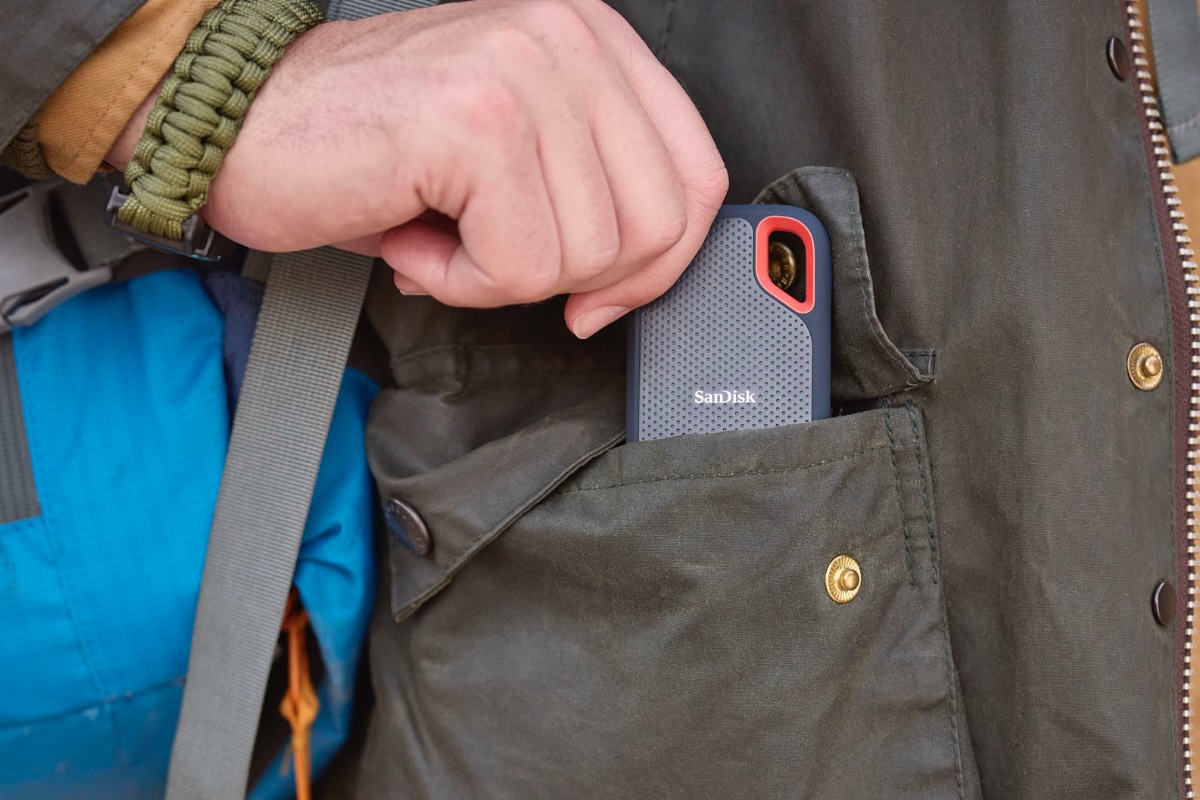 External hard drives, such as SSDs, are sturdy and powerful – with much more storage space than a regular USB drive.
External hard drives, such as SSDs, are sturdy and powerful – with much more storage space than a regular USB drive.
External drives—whether classic hard drives or fast SSDs—are among the most popular alternatives to USB devices. They offer much more storage space (up to 4TB and more), and SSDs in particular impress with their high transfer speed over USB-C or Thunderbolt. While hard drives offer plenty of space at an affordable price, SSDs are the better choice for large amounts of data, because they’re faster, more powerful, and barely more expensive in the higher storage tiers than comparable USB storage.
Advantages:
- Much more storage space than USB devices
- Shockproof, durable and high quality flash chips
- Ideal for backups or large amounts of data
Disadvantages:
- Larger and heavier than a USB stick
- Sometimes they are more expensive, especially for SSD models
SanDisk Extreme Portable SSD 1TB (NVMe Portable SSD)
2.5″ External SSD, USB-C, up to 2000MB/s Read/Write Speed, NVMe SSD, IP65, 5 Year Warranty
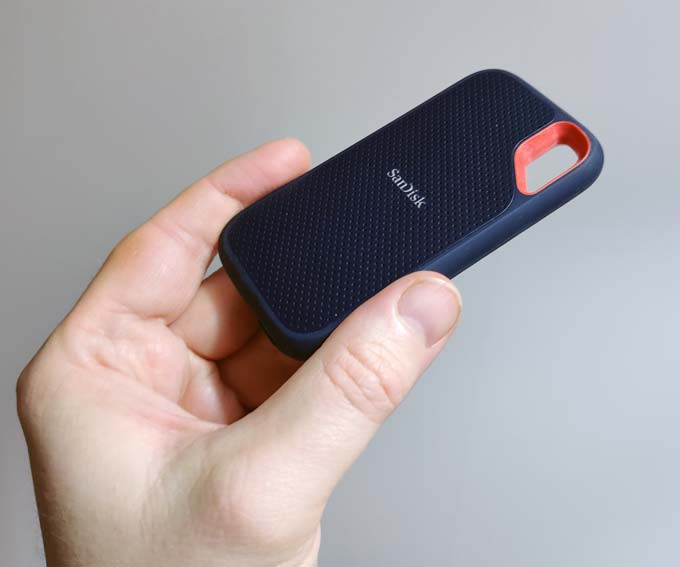
Matthias Inge
Crucial X10 Pro 1TB Portable SSD
External drive with SSD, USB-C, up to 2100MB/s read and 2000MB/s write, IP55
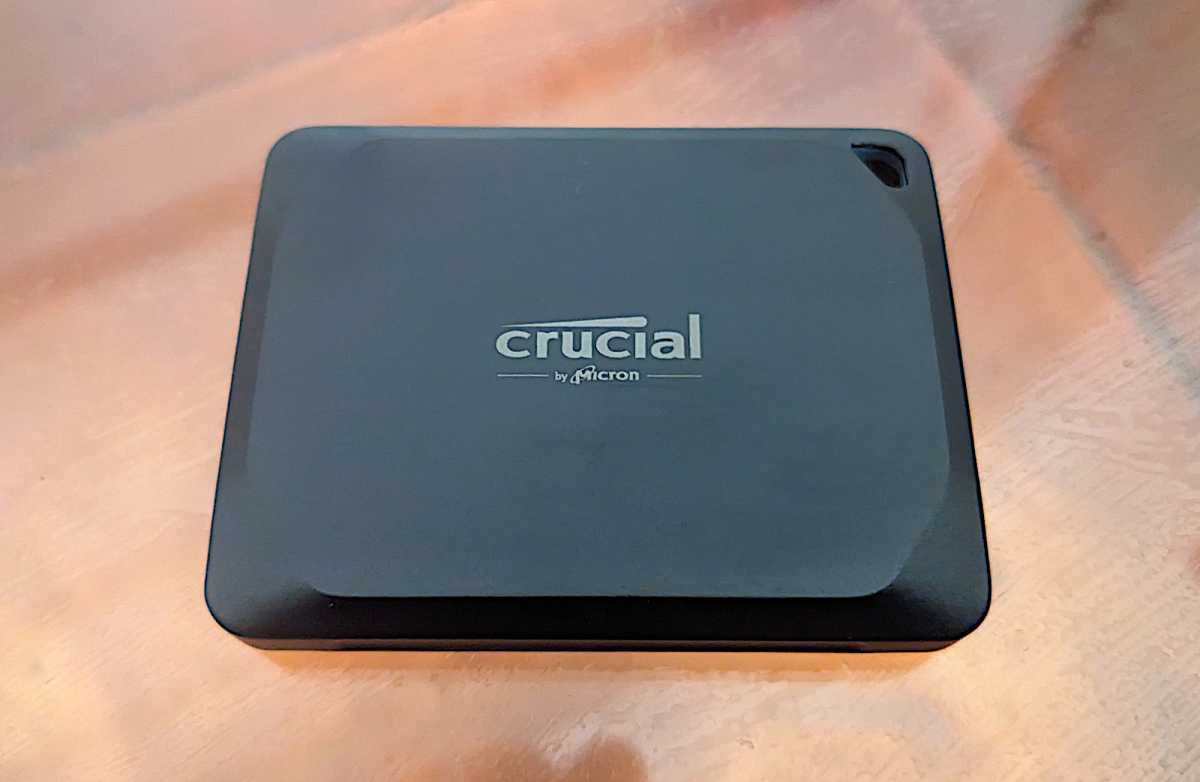
john l. Jacobi
SSK 2TB, Portable External NVME SSD
2.7″ USB 3.2 Gen 2 SSD, NVMe SSD, 1050MB/s Read, 1000MB/s Write
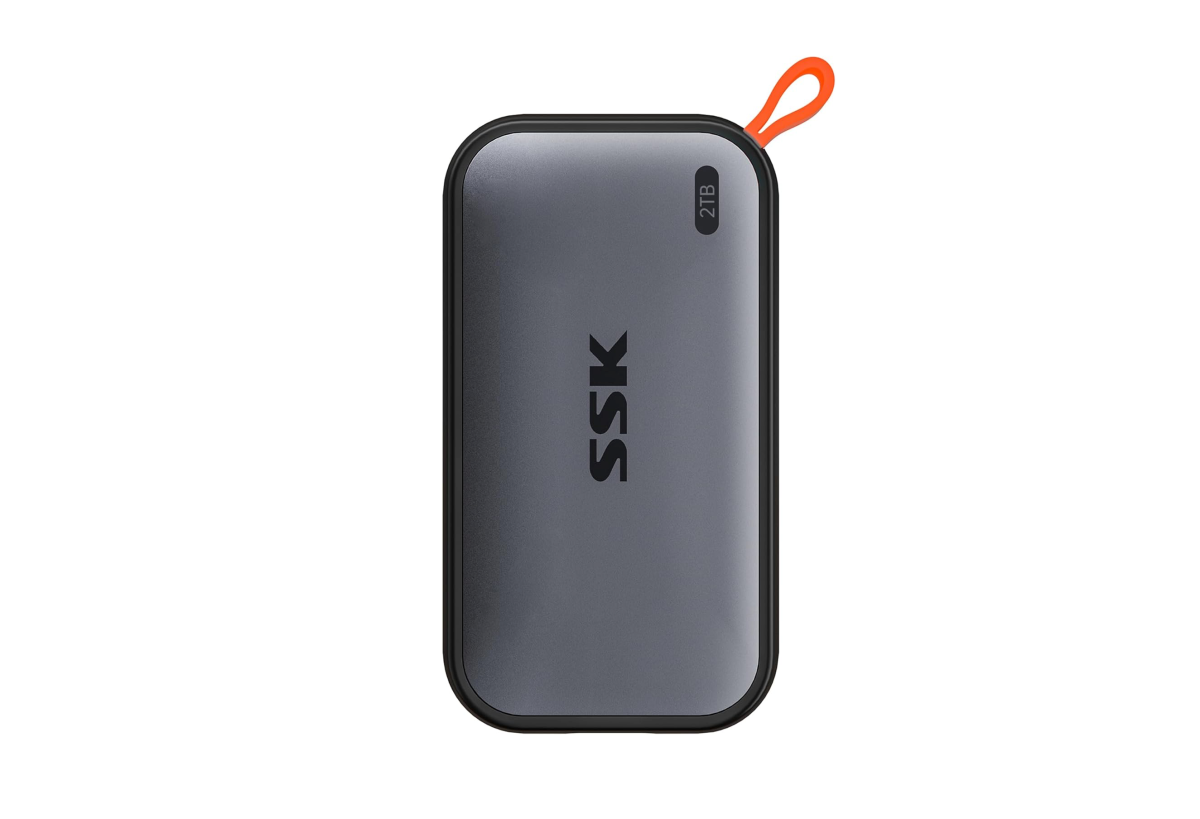
Amazon
Further reading: The best external drives we’ve tested
SD cards: small and fast, but not universal
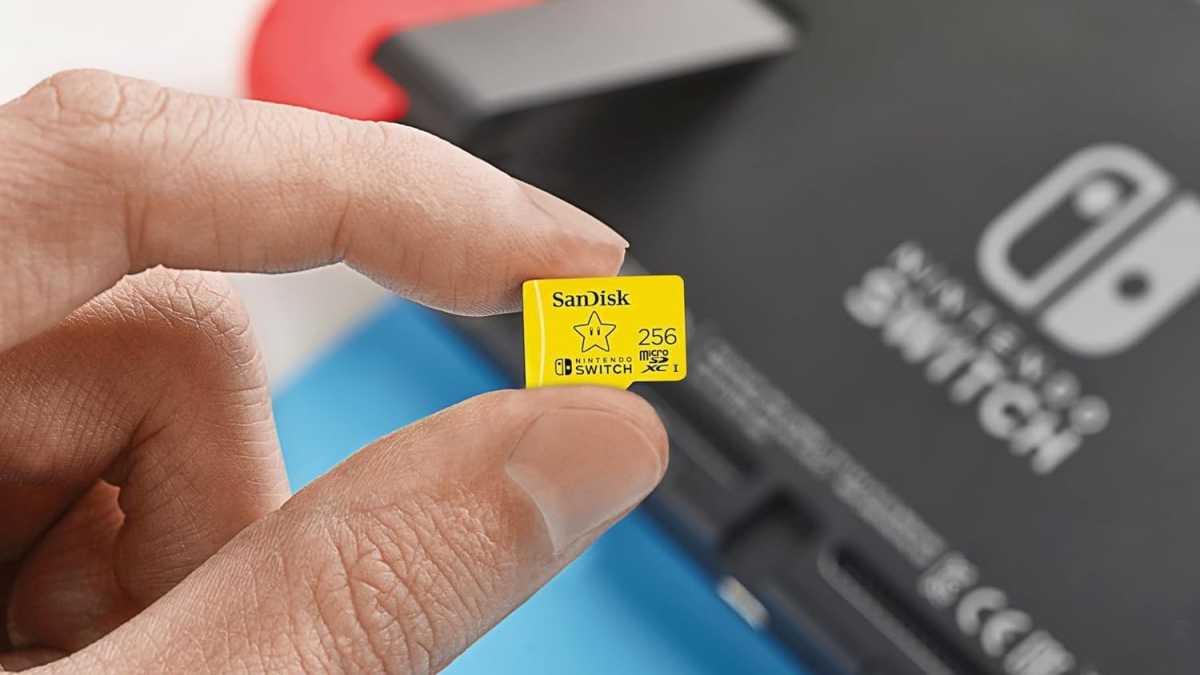 SD memory cards can be used. SD memory cards can be used to expand mobile phone memory, for example.
SD memory cards can be used. SD memory cards can be used to expand mobile phone memory, for example.
SD cards (or microSD cards with an adapter) are also a compact alternative to USB devices. It is standard, especially for cameras, drones, mobile devices, as well as some laptops. In combination with a USB-C card reader, SD cards can be used as small storage drives for laptops.
Further reading: SD cards, demystified: How to untangle the confusing patchwork of specifications
The advantage over traditional USB cards: SD cards can be used more flexibly in many areas, are often cheaper per gigabyte, and also achieve – depending on the class and model – high transfer speeds. They are also easy to replace or permanently integrate into devices, such as cameras or laptops with card readers. So, if you’re using memory cards anyway, you can easily use it as a flash drive (and save yourself the extra trouble).
Advantages:
- Small and very light
- Good speeds with modern UHS-II cards
- It can be used directly in many devices
Disadvantages:
- vulnerable to loss or damage
- A card reader is usually required for use on a computer
AmazonBasics Micro SDXC 128GB
128GB SD memory card and SD adapter, maximum read speed of 100MB/s
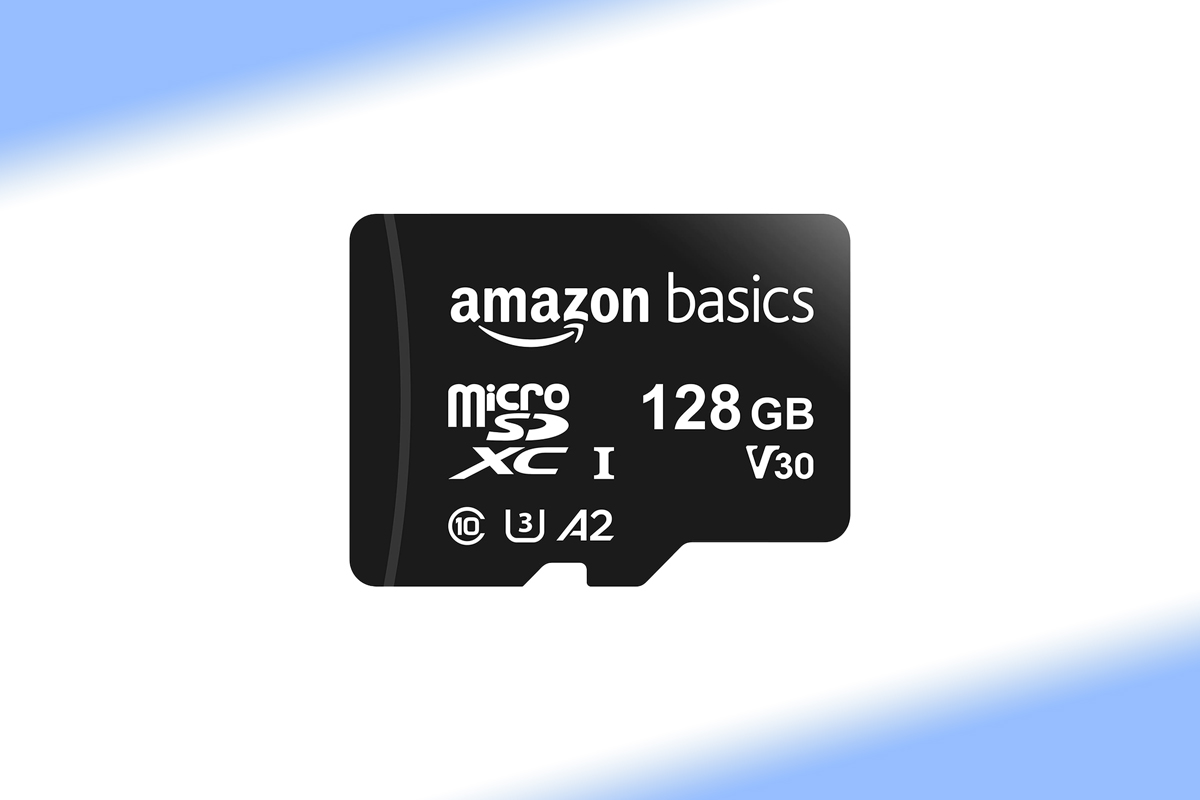
SanDisk Extreme Pro SDXC UHS-I Memory Card, 512GB
Sandisk UHS-I Memory Card, 512GB, V30, 200MB/s, U3, 4K UHD Video, Sandisk QuickFlow
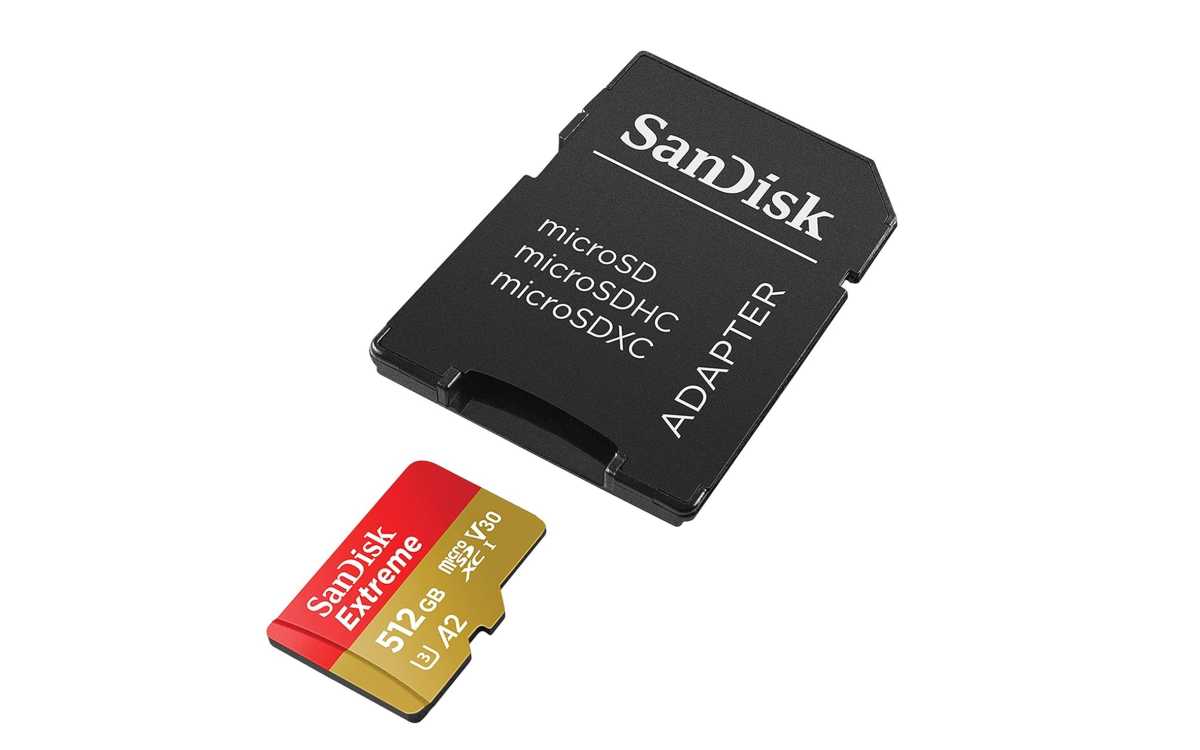
SanDisk
Cloud services: Your storage space is always with you
The cloud is probably the newest alternative to USB devices. Services like Google Drive, Dropbox, iCloudor OneDrive Provide online storage that you can access from any device — without a physical drive.
Advantages:
- Access from anywhere with an internet connection
- Ideal for collaboration and shared files
- Automatic synchronization is possible
Disadvantages:
- It relies on a stable internet connection
- Limited free storage space, followed by a paid subscription
- Data protection and encryption are important issues
Conclusion: USB drive only for special cases?
The humble USB flash drive hasn’t completely lost its place yet – it’s very popular and perfect for simple data transfers, firmware updates, or as a boot stick. But as an everyday solution, it has long been outdated. The combination of limited memory, decreasing compatibility, and increased requirements makes it a discontinued model. Modern alternatives such as SSD drives, SD cards, or cloud services offer better performance, more flexibility, and, in many cases, a better price-performance ratio.
Further reading: 6 really useful uses for the USB port on your router

